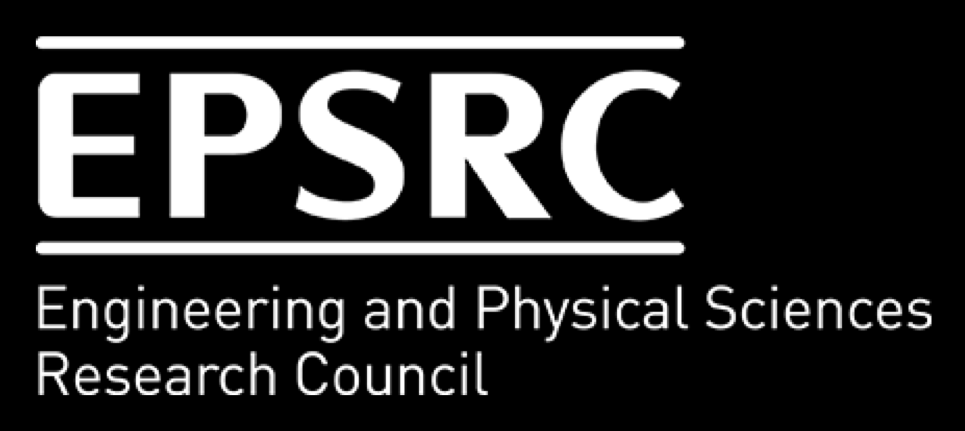Towards Personalised Medicine
Between two and five babies in 100 are born with some defects that may require medical interventions. Clinical treatment of physical abnormalities often involves invasive surgery, which can be associated with serious complications, long stays in intensive care, prolonged hospitalisation, and even death. As devices and tools purposefully designed for treating children born with these defects are rare, clinicians often have to make do, adapting adult devices to the child’s body. This is due to the small size of the paediatric market compared to the adult population market, but also, more importantly, to the huge variations that are encountered in birth defects compared to the adult world. Children born with the same syndrome present many different shapes and sizes of their physical defect. It is clear that in these cases, and unlike treatment of the elderly, one device cannot fit all.
More effort should be put into the development of new methods and technologies to create suitable devices for paediatric patients. These should be customisable for each individual patient in order to offer the best and safest treatment. Personalisation and bespoke devices are already commonly available in people’s life: glasses, dental crowns, foot insoles. Customisation should be even more important and should play a critical role, when the device itself can make the difference between life and death. However, the cost and time demand of their production cannot be met by the biomedical industry, as the research efforts to test each device safety and efficacy are too high. In addition, the bioengineering industry does not have sufficient clinical knowledge and the understanding of different childhood diseases to develop such devices.
The purpose of this project, led by Dr Schievano (GOSH) is to establish the value and need for computational modelling in device development and to introduce this powerful tool into the clinical environment. The overall objective is to create a robust and validated framework that integrates routinely acquired patient clinical data and mature computational modelling device design techniques to optimise and tailor paediatric interventions.
 Close
Close






